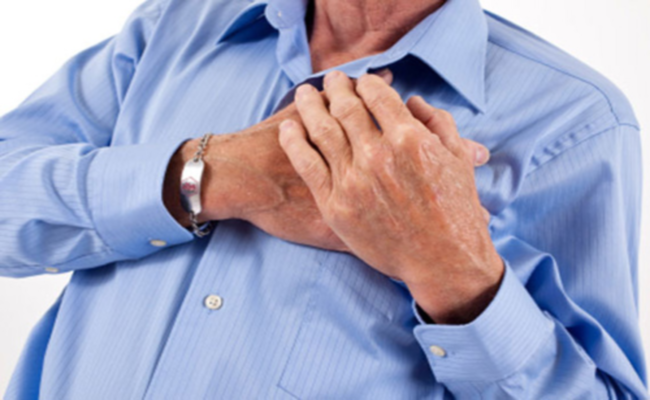A 16 year study in more than 280,000 patients has suggested that air temperature is an external trigger for heart attack. There is seasonal variation in the occurrence of heart attack, with incidence declining in summer and peaking in winter.
This nationwide, 16 year, observational is the largest to investigate the association between heart attack incidence and weather conditions such as air temperature, sunshine duration, precipitation, and air pressure.
Using the Swedish myocardial infarction registry (SWEDEHEART), all consecutive heart attacks treated at a coronary care unit between 1 January 1998 and 31 December 2013 were included in the study. The investigators studied the specific weather conditions during which heart attacks occurred using local meteorological data from hundreds of weather stations in the Swedish Meteorological and Hydrological Institute (SMHI).
Using the Swedish myocardial infarction registry (SWEDEHEART), all consecutive heart attacks treated at a coronary care unit between 1 January 1998 and 31 December 2013 were included in the study. The investigators studied the specific weather conditions during which heart attacks occurred using local meteorological data from hundreds of weather stations in the Swedish Meteorological and Hydrological Institute (SMHI).
The investigators analysed the relationship between heart attack incidence and weather conditions in subgroups including the elderly, those with hypertension, diabetes mellitus or previous heart attacks, and patients taking various medications. The link between heart attack incidence and weather conditions was stable across subgroups.
The body responds to cold by constricting superficial blood vessels, which decreases thermal conduction in the skin and subsequently increases arterial blood pressure. Other responses are shivering and increased heart rate, which raise the metabolic rate and in turn increase body temperature.
Source: European Society of Cardiology
